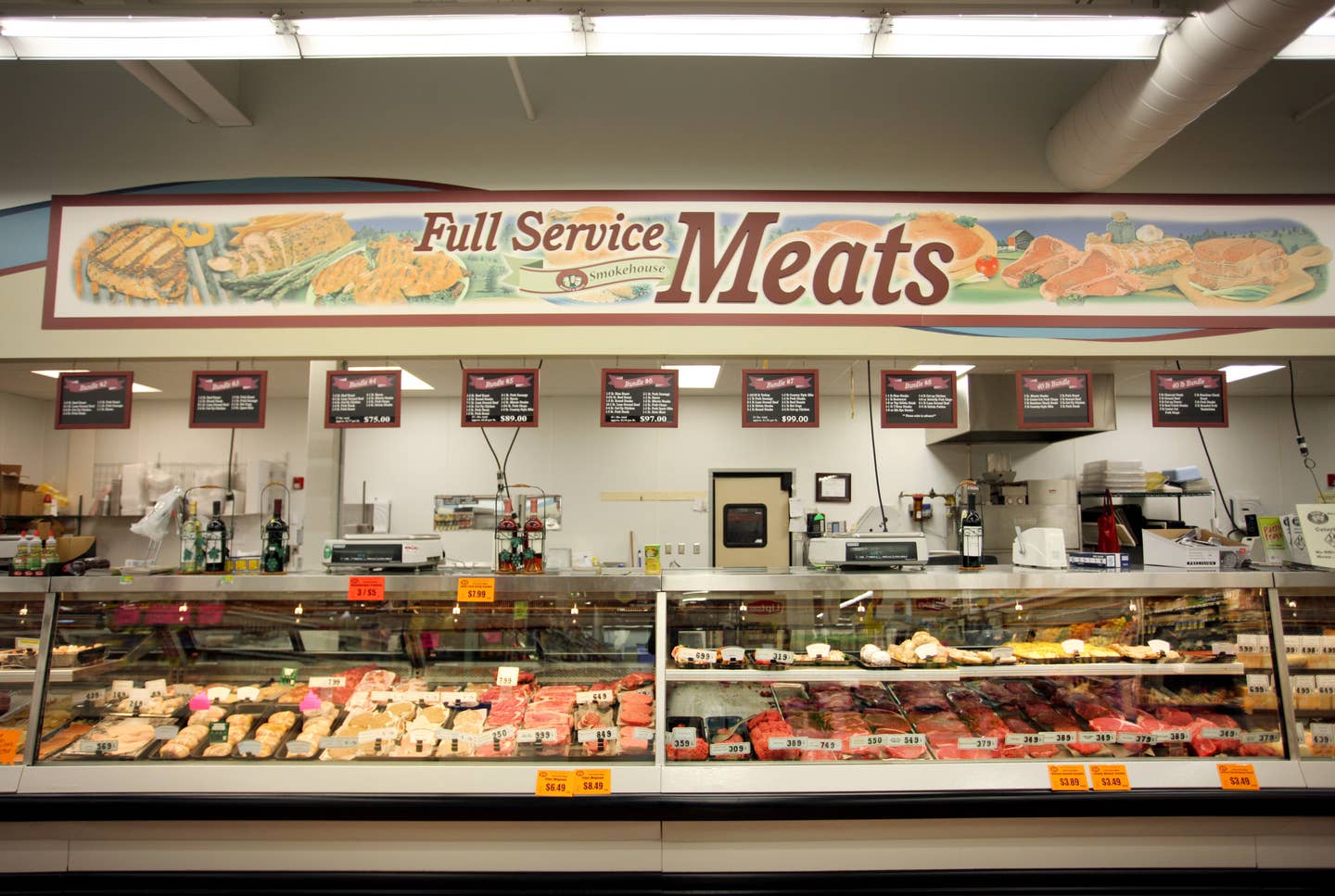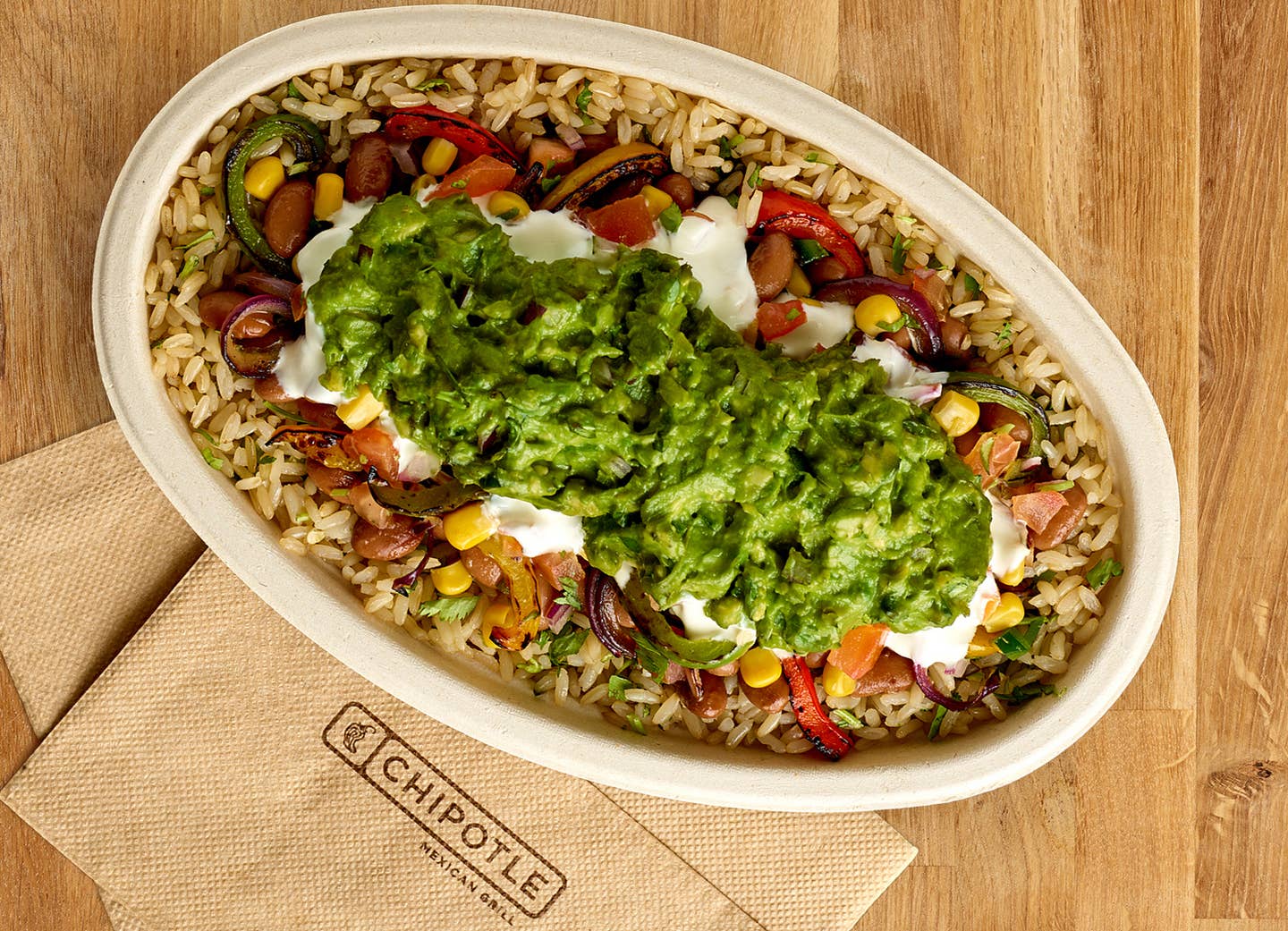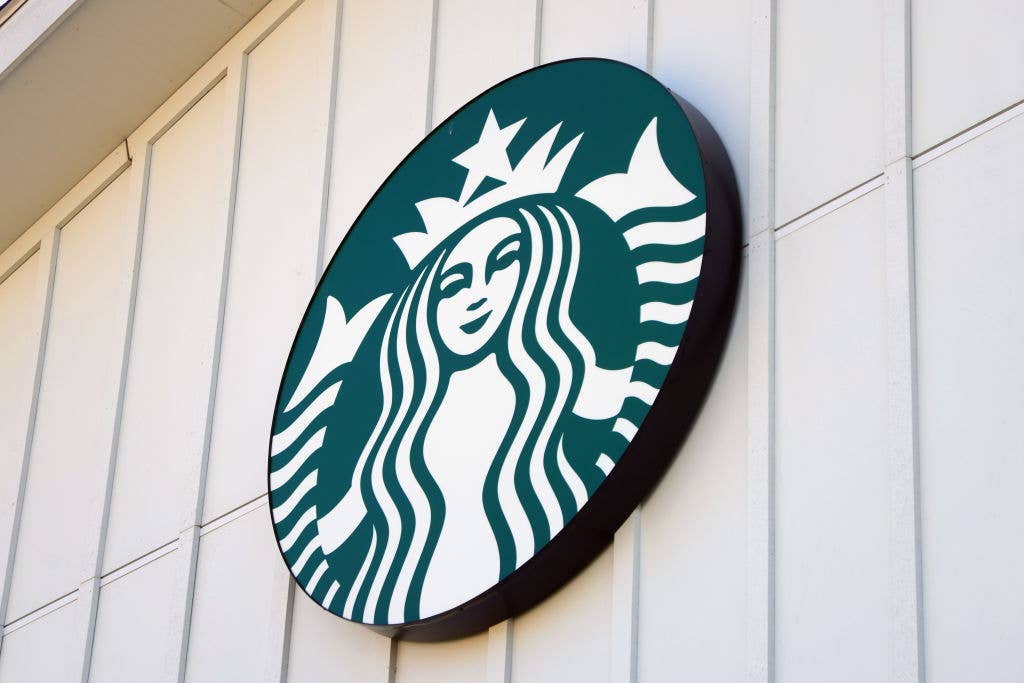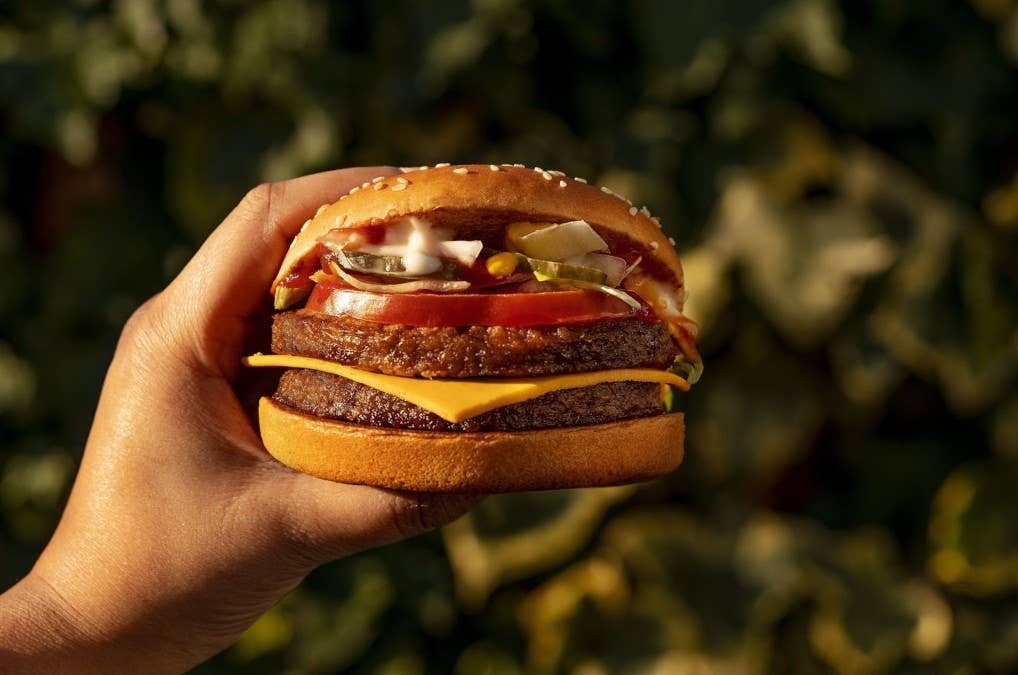
Meat Industry Could Lose $20 Billion, As Shoppers Choose Alternatives
The meat industry has been in a very public downward spiral since the pandemic ravaged the country. Now, experts say their losses could top $20 billion this year. COVID-19 has shined a spotlight on just how unessential—and detrimental—meat really is.
The coronavirus has put tremendous stress on the meat supply chain. As foodservice and other facilities drastically slowed their meat purchases, demand has slowed. This was one of the contributing factors that lead to farmers being forced to “destroy” animals that had nowhere to go. But, an even more pressing issue was the rate that COVID-19 spread amongst slaughterhouse workers, which in turn forced facility closures.
More than 20,000 meat industry workers fell ill during the pandemic, with 86 reported deaths at meat processing plants across 23 states (spread out amongst 38 plants) according to the Midwest Center for Investigative Reporting. A Tyson plant in Indiana, which produces 19 percent of the pork in the US, had 900 coronavirus cases at the beginning of May—this accounted for 40 percent of the workforce at that location. Half of all workers at another plant in Iowa tested positive for COVID-19. This is just a snapshot of the virus spreading amongst the massive meatpacking facilities.
“I’m not sure anybody really understood sort of how to be prepared,” Derrell Peel, a livestock marketing specialist at Oklahoma State University, told CNBC in an interview. “These meatpacking plants, by their very nature, are extremely difficult to manage a human disease like this.”
Beyond the close human-to-human contact needed to slaughter, clean, and prepare animal carcasses, experts warn about the health hazards of animals in excruciatingly cramped conditions on factory farms. Animals in multiple football-field size sheds, with little or no room to turn around induce tremendous stress on their immune systems—it’s a breeding ground for the emergence of disease. Meanwhile, consumers are worried that meat could carry traces of the virus, which has consumers choosing meatless options; sales of meatless alternatives jumped 35 percent this spring, compared to pre-COVID-19 months.
If you playout a bucolic image of cows grazing on a field when you think about where your meat comes from, consider this: It’s estimated that over 90 percent of the meat consumed in the US comes from factory farms. These are the same Big Ag titans that have a chokehold on the meat industry and have made it impossible for small farmers to compete.
Six companies control two-thirds of US meat and poultry sales: Tyson, Hormel, National Beef, Cargill, JBS, and Smithfield. These are also the same companies protected by Trump after he enacted the Defense Production Act mandating meat processing plants to stay open which protected them from legal liability if workers got sick.
With a pandemic spotlight uncovering the ugly truth of the meat industry, consumers are more empowered than ever to put their purchasing power towards plant-based proteins and food that are humane—to both animals and humans—and bettering the world rather than contributing to its destruction.
More From The Beet






